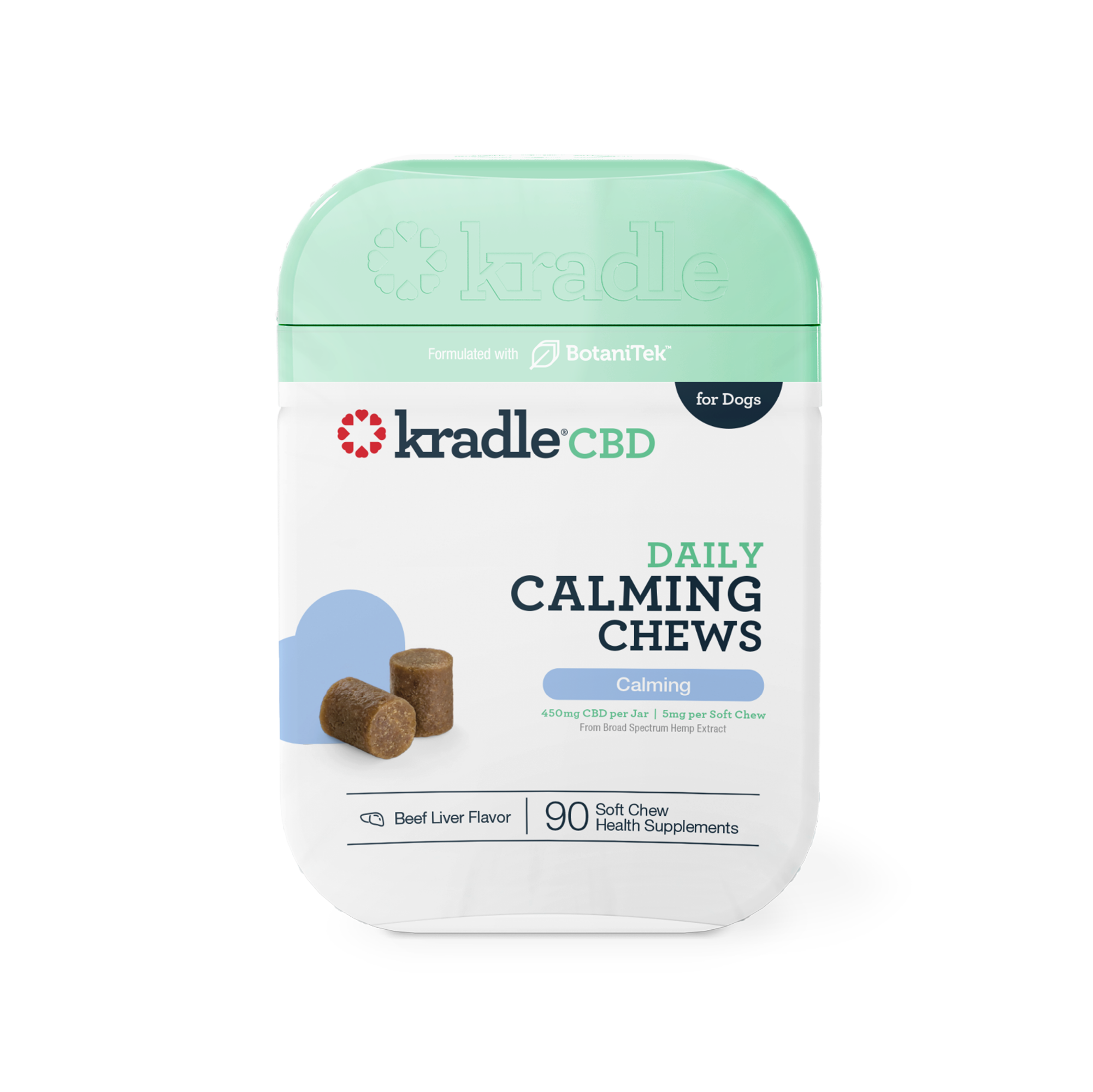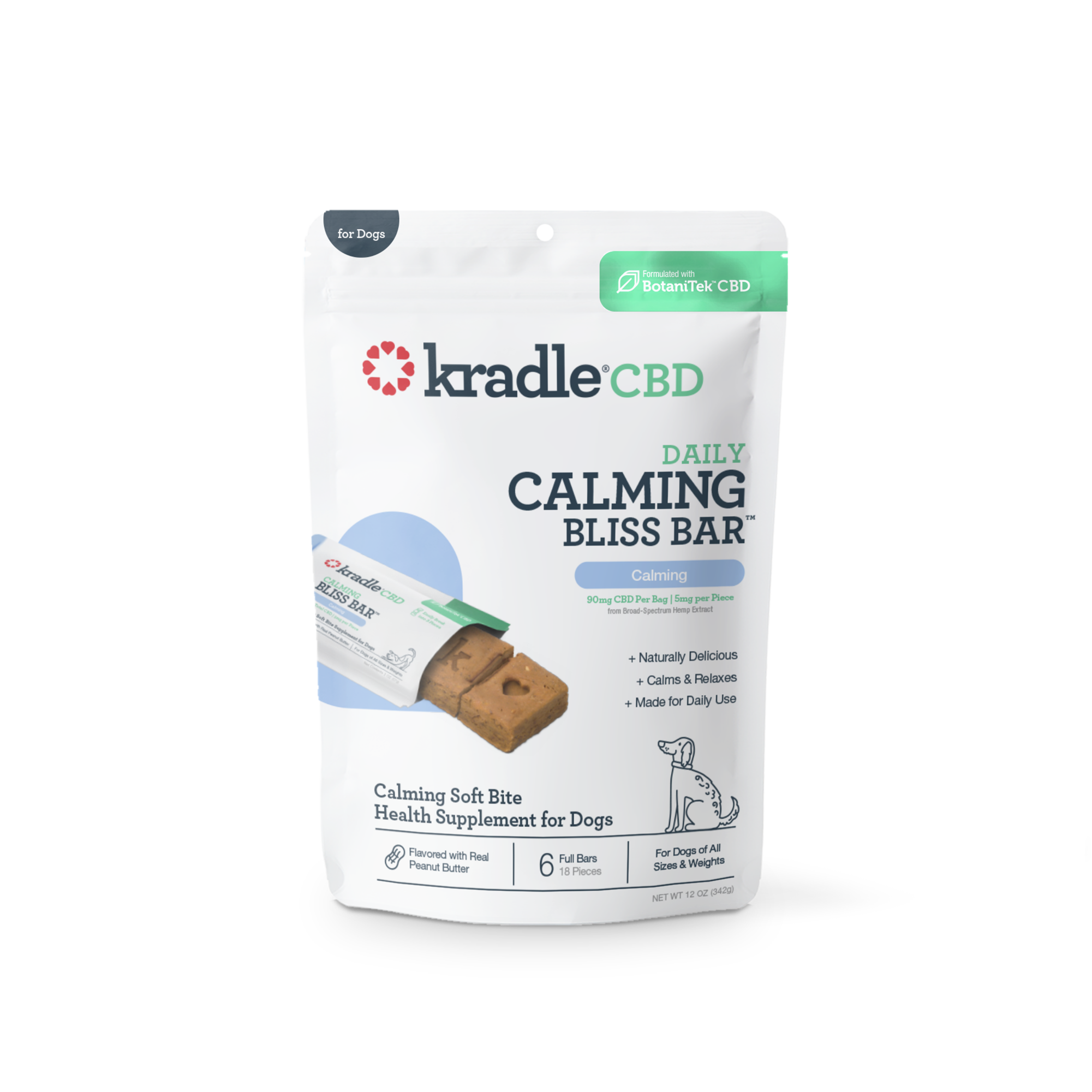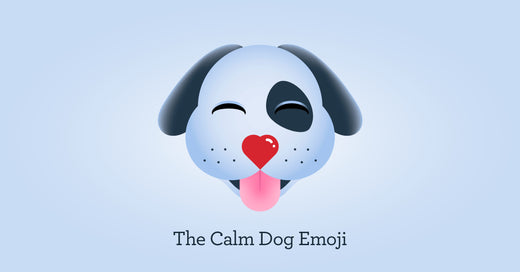
Dude, Where’s My Dog?
Reducing Their Stress Shouldn’t Eliminate Their Personality
Is your dog suffering from some sort of anxiety? We really can’t say. Anxiety, whether experienced by humans or dogs, is a strictly defined, clinical condition diagnosed by a doctor or veterinarian, and commonly treated through the prescription of pharmaceutical medications. In fact, only drugs that have been tested and approved by the FDA can claim to “relieve” or otherwise “treat” anxiety. Unfortunately, some of the complications and side effects that may come from using clinical drugs can make a bad situation even worse — for both you and your furry friend.
Veterinarian Diagnosis of Anxiety
Not all anxious behavior is categorized as clinical anxiety and prescription medications may not be needed if your dog doesn't have a clinical anxiety condition. Ask your veterinarian if you think your dog may have a clinical anxiety issue. Veterinarians tend to break clinical anxiety behavior conditions into three categories:
Separation anxiety may be the most common or persistent form, and these dogs have an extremely hard time remaining calm or finding comfort when left alone or separated from their family members. This can often manifest itself in undesirable behaviors like incessant barking or whining, urinating or defecating in the house, or chewing and destroying furniture.
Fear-related anxiety, as defined by veterinary behavioral experts, is usually a more temporary reaction to certain situations or interactions. It might be caused by loud noises, a new environment, encountering strangers or other dogs, or even the sight of certain objects. Indicators of this type of anxiety may include forms of aggression, drooling or panting, pacing or restlessness, or even repetitive, compulsive behavior.
Age-related anxiety, which can affect older dogs and can be associated with cognitive dysfunction syndrome (CDS), is the third main category. Dogs with CDS often suffer from diminished memory, learning, perception and awareness, similar to the early stages of Alzheimer’s disease. All of which can result in a general state of confusion or depression.

Prescription Medications
If veterinarians diagnose a serious anxiety disorder, they may recommend and prescribe selective serotonin-reuptake inhibitors (SSRIs) like fluoxetine, sertraline or paroxetine. They may also recommend tricyclic antidepressants (TCAs), such as clomipramine and amitriptyline.
In the case of more short-term, predictable events – like thunderstorms, fireworks or car rides – a veterinarian might also prescribe a separate medication such as benzodiazepine to be used in conjunction with another antidepressant.
For older dogs with cognitive dysfunction syndrome (CDS), many veterinarians also prescribe selegiline.
Undesirable Side Effects
To be fair, many dog owners report a reduction in anxious behavior when these prescription antidepressants are given on a daily or regular basis. But, many owners also complain about the undesirable side effects that can accompany such regular use.
Ironically, a common side effect of these antidepressants is the appearance of increased anxiety. Some say their pets display common anxious behaviors such as nervous chewing and licking, excessive pacing, trembling, barking, whining and soiling.
One of the most troubling side effects for many dogs and their parents is unintended sedation – which creates sleepiness or grogginess, produces a seeming lack of energy, and robs dogs of their natural personality.








